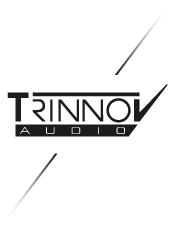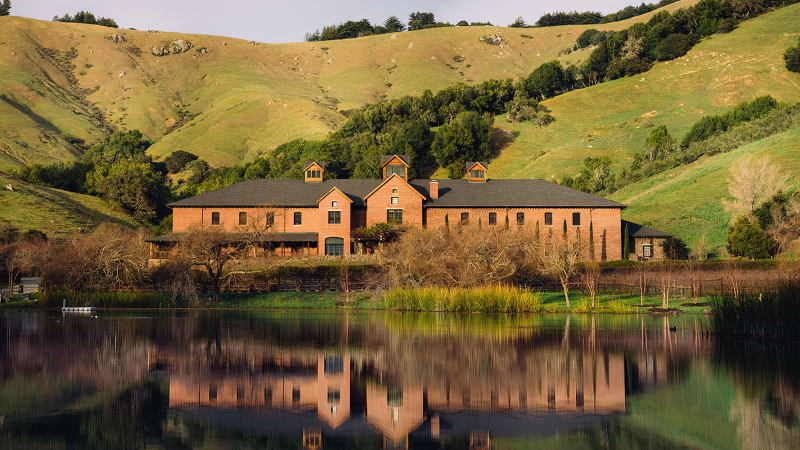
Brian Long from legendary Skywalker Sound explains how he got to know Trinnov through our involvement in various technical discussion groups and why the Altitude meets their requirements.
In a nutshell, the Altitude stayed after their test thanks to its reliability, unrivaled flexibility and performance coming from our long experience in the pro world, applied to an AV Processor.
Please tell us a bit about Skywalker Sound and yourself
Skywalker Sound is the post-production audio wing of Lucasfilm, we do the sound for movies. My name is Brian Long and I'm a supervising engineer at Skywalker Sound. I am in charge of remote collaboration and I work in advanced multi-channel audio, building acoustics, as well as supervising our deliverables teams to deliver assets to the final studios.
If you look at Disney properties (we're part of the Disney organization), various Marvel movies, Star wars of course, Pixar, Disney animation, we work on all those projects as well.
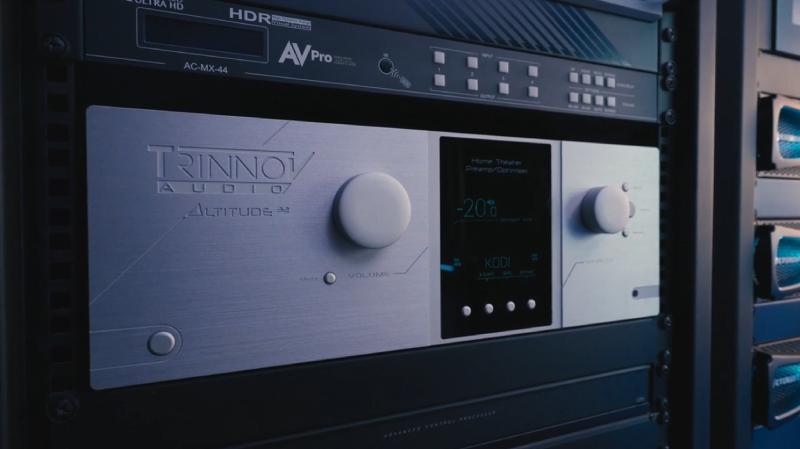
How does Skywalker use Altitude?
Skywalker is located in northern California but a portion of our directors and our creative teams, people who need to sign off on mixes, may not be in northern California or at least not for the entire duration of the project. A part of what we do is make sure that we are able to bring the mix to them in a manner which they can sign off on and feel confident about.
At any point, any one of our mix rooms can send live content to a remote location. The challenge of remote streaming is we never know quite where we're going to end up. It could be a good room, a room with acoustic treatment, or it could be a conference room. We might be sharing with an Avid, it might be a picture bay. So we have this amount of uncertainty, often we're given a room and that's it. We're not able to add acoustics, change the room or the seating configuration. We kind of get thrown with “Here's what you got. Make it work.”.
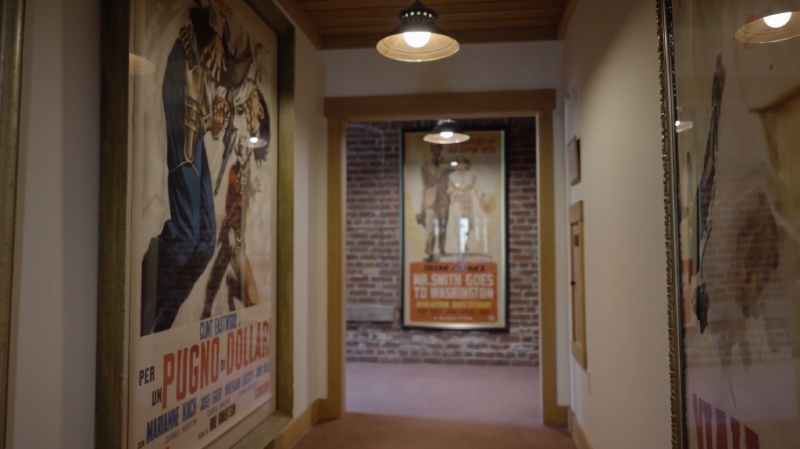
The Trinnov is great because what it has is a set of professional outputs. You have balanced outputs and you can take AES3 in and out, so most of our streaming stuff comes in from a hardware codec. It goes through an HD/SDI De-embedder that will provide up to 16 channels of AES3 straight into the Trinnov, and then the Trinnov will serve as the loudspeaker management source selection. A classic use case for the Trinnov Altitude would be for something that's going to end up to a director or a key person who has end sign-off authority or who needs to evaluate at a very high level the finished product. We need something that's low profile, that can go in quickly with the rest of the gear, plug and play, and be ready to go.
What was your introduction to Trinnov like?
We had just finished up writing the SMPTE standards for 2096-1&2 for room calibration in large rooms. Another one of my co-conspirators in SMPTE said: “CD is doing this thing and they're kind of doing what we just did in SMPTE.” So my co-conspirator in SMPTE said “you got to pay attention to this”. I came in and the Trinnov team was participating, so we took a unit on to experiment with it and see if it lived up to the hype. We're very good at testing, poking holes and breaking things to see where they fall apart. And the Trinnov unit stood up to everything that was told to us that it would.
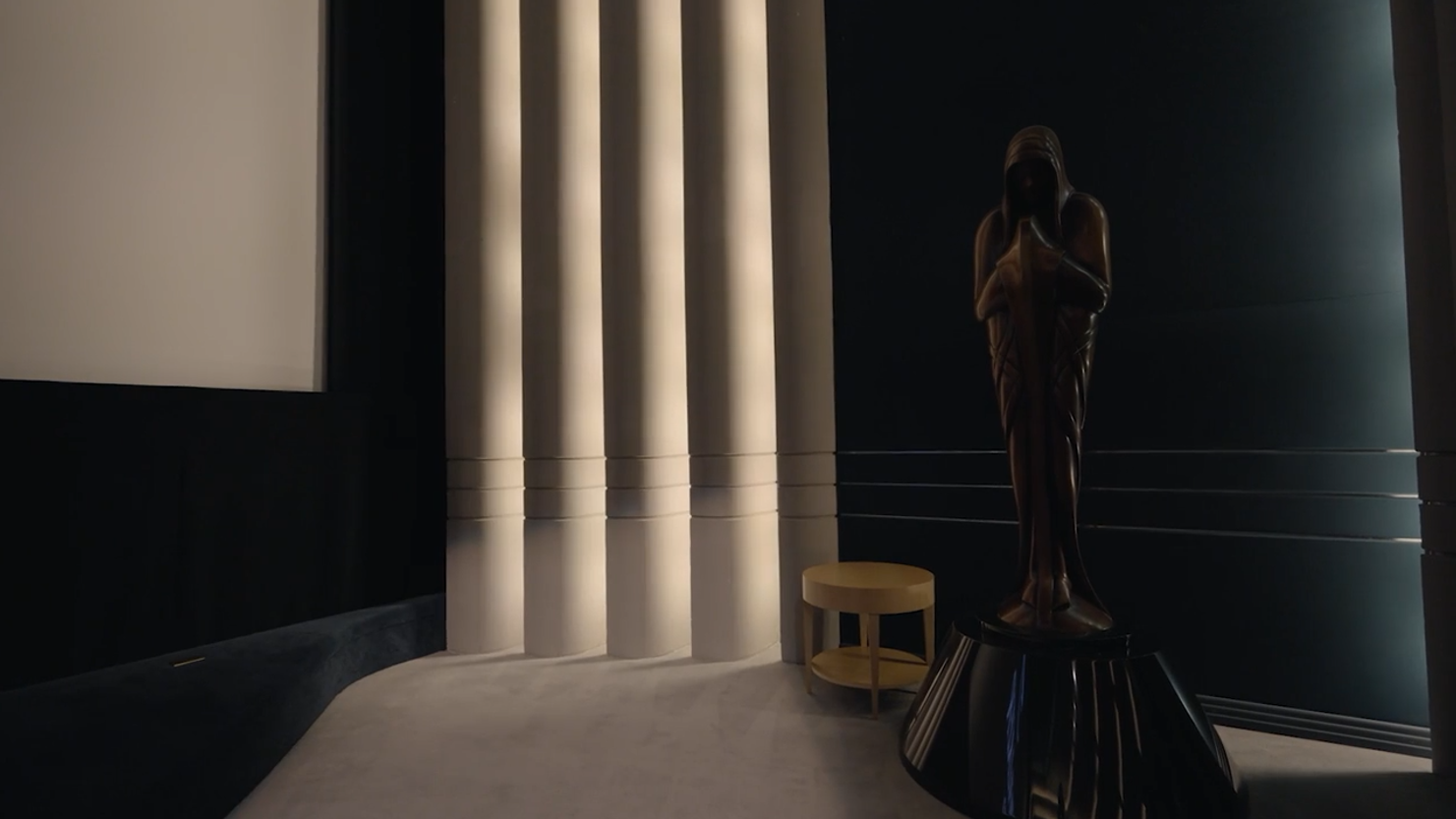
Has Trinnov influenced your workflow?
The key here is you have to emulate what we're hearing here. You have to have the level balance, the EQ, the timbre balance. That usually requires somebody like myself or another highway-trained technician to come down there, sit in the room and calibrate. We're always under a time crunch in these rooms and the Trinnov system is the first system that I found that emulates the process that we as humans typically logically employ in calibrating a system. And it allows you to apply appropriate limits to not let the computer do corrective things, because that's what the computer thinks is perfect. That's not what our ears think is perfect. That's really the key of what's going on here, you need something that's going to actually make it sound, not just make a line on a chart. It also opens it up to a wider range of technicians to be able to use it. We don't have to send somebody as highly specialized out to a spot.
We can essentially push the button with the preset parameters engaged and know that it will work.
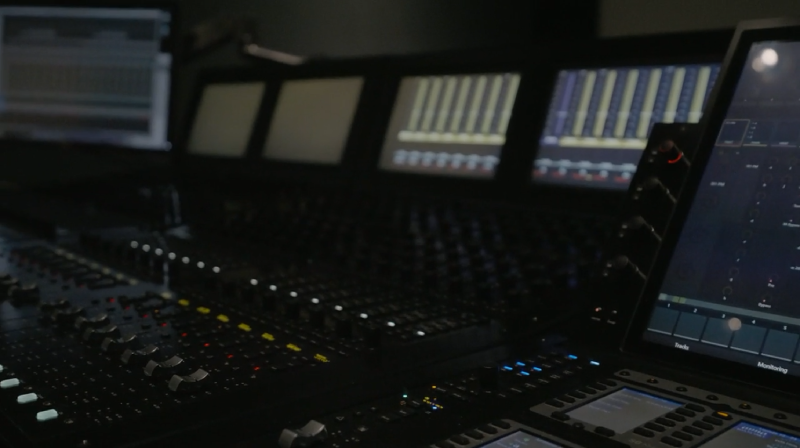
What’s your client’s feedback on using Altitude?
The best feedback is no feedback because that means they don't notice the technology. And that is ultimately what our goal is. We want a director, a creative, to be able to come into a room, have an experience, and trust that experience. They may be listening to predubs, which is early on in the process, where sound is just coming together, but they're formulating opinions. They're counting on the fact that the opinions and the impressions they get won’t deviate when they come to the actual studio for the final mix. When they just show up and everything is as it is and there's no comment, that's when you've won.
